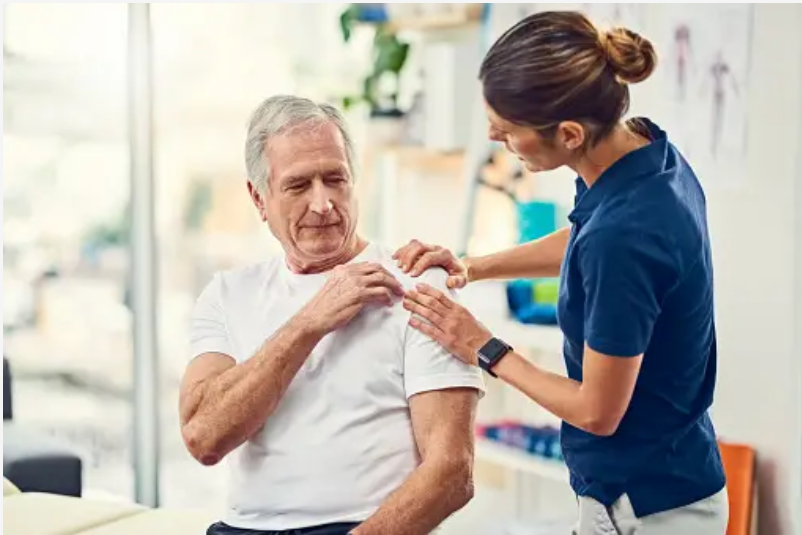On Your Marks, Get Set, Go… Understanding and Preventing Traumatic and Non-Traumatic Injuries
Posted on January 25th, 2024 by Andries Lodder
by Jana van Jaarsveld
Introduction
In the world of youth sports, the exhilaration of competition often comes hand in hand with the risk of injuries. Sports injuries vary in how they happen, how they appear, and how they should be treated. Sport injury can be defined as “damage to the body’s tissues resulting from sports or exercise.” However, from traumatic incidents to non-traumatic strains, understanding the types of injuries young athletes face is crucial. This article explores the common occurrences of traumatic and non-traumatic injuries in young athletes and provides insights into effective prevention strategies.
Traumatic Injuries:
Several studies confirm that sprains are among the most common injuries in young athletes.
However, these injuries are often associated with traumatic mechanisms. Which are linked to joint stiffness and abnormal movement mechanics during the growth phase. Concerns have been raised about the quality of playing fields, inadequate protective equipment, and insufficient supervision in school sports. These factors may contribute to the traumatic nature of injuries in young athletes.
Can growth impact the occurrence of injuries?
The transient reduction in crucial motor performance during the peak growth phase could potentially contribute to a surge in traumatic injuries. Furthermore, a decline in bone mineral density prior to reaching peak height velocity (PHV) has been observed to be associated with an increased incidence of acute fracture episodes.
Non-Traumatic Injuries or overuse injuries:
Physical activity is essential for normal growth in children. However, when the intensity or volume of activity becomes excessive in a short period, it can lead to tissue breakdown and overuse injuries. This emphasize that younger generations are doing too intense, repetitive and specialized training for their body’s. Common overuse injuries can include stress fractures, tendonitis, bursitis, apophysitis, and osteochondral injuries of the joint surface.
Osgood-Schlatter disease is a prevalent source of knee pain among growing adolescents. It involves inflammation in the region just below the knee, where the patellar tendon connects to the shinbone (tibia).
This condition typically arises during growth spurts, a phase marked by rapid changes in bones, muscles, tendons, and other structures. However, while engaging in physical activities, increases the risk due to additional stress on bones and muscles.
Risk Factors for Young Athletes:
- Sport specialization at a young age.
- Imbalance in strength or joint range of motion.
- Anatomic malalignment.
- Improper footwear.
- Pre-existing conditions.
- Growth cartilage, which is less resistant to repetitive microtrauma.
- Intense, repetitive training during periods of growth.
How to prevent overuse injuries?
Preventing overuse injuries in young athletes involves a combination of strategies addressing training, biomechanics, recovery, and overall health. Some key preventative measures to consider is:
- Encourage young athletes to participate in a variety of sports.
- Emphasize a well-rounded training program that includes strength, flexibility, and aerobic conditioning.
- Ensure adequate rest between training sessions and allow for proper recovery time.
- Gradually increase the intensity, duration, and frequency of training.
- Emphasize proper technique and biomechanics during training and sports activities.
- Promote a healthy lifestyle, including proper nutrition and adequate hydration.
- Tailor training programs to the age and developmental stage of the athlete.
Conclusion
By recognizing the distinct challenges posed by traumatic and non-traumatic injuries, and implementing proactive prevention strategies, we can create a safer environment for young athletes to thrive. Consult with a biokineticist to create a customised plan that suits your childs needs and goals. Please feel free to contact us on social media or on our website.
